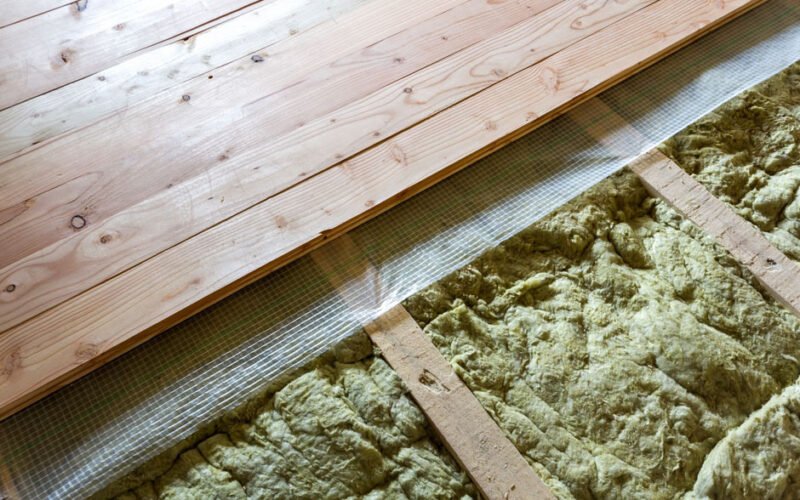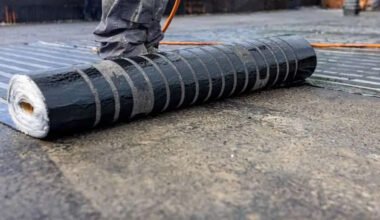When thinking about improving your home’s energy efficiency, underfloor insulation isn’t always top of mind. Yet for many UK homeowners—particularly those living in older buildings with suspended timber floors—it can be one of the most impactful changes. While most attention goes to loft and wall insulation, the floor remains an often-overlooked source of heat loss.
But how much can you actually save by insulating your floors? And what kind of return on investment (ROI) is realistic? In this article, we explore the financial benefits, practical considerations, and long-term value of installing underfloor insulation—so you can make an informed decision for your home.
Understanding Heat Loss Through Floors
In properties without proper insulation, around 10–15% of total heat loss can occur through the ground floor. This is especially true for homes with suspended floors, where cold air circulates underneath and seeps through unsealed gaps.
These homes tend to feel colder at foot level, even if the thermostat reads warm. The result is a heating system that works harder than necessary, leading to higher energy bills—and still leaving you with chilly mornings.
Installing insulation under the floorboards helps to create a thermal barrier that keeps warmth inside and cold air out. The benefits are immediate, both in comfort and cost reduction.
What Are the Potential Savings?
According to the Energy Saving Trust, insulating the ground floor of a typical detached home could save around £110 to £135 per year in heating costs. For mid-terraced or smaller properties, the savings may be lower (around £40–70), but they are still significant over time.
Let’s break that down into realistic long-term returns:
- Installation cost: ranges from £400–£1,200 depending on home size, floor type, and accessibility
- Annual energy savings: £50–£135 depending on property
- Payback period: typically 4–10 years, after which all savings are profit
- Bonus ROI: improved comfort, property value, and EPC rating
These figures don’t include the added value of a quieter, more comfortable living space—something many homeowners report immediately after installation.
Can I insulate my floor without removing the boards?
This is one of the most common questions homeowners ask. The good news is: yes, in many cases, you can.
If your home has a suspended timber floor, installers can usually access the space below through a crawl space or external vent openings, inserting insulation material (like mineral wool) between joists without lifting the boards at all. This is especially practical in bungalows or older homes with accessible subfloor voids.
For homes without crawl space access, some floorboards may need to be removed to fit insulation properly—but experienced professionals know how to minimise disruption.
In the case of solid concrete floors, insulation typically goes above the surface, beneath new flooring. While this may slightly raise the floor level, it’s often part of broader renovations and can be done with minimal inconvenience.
It’s always best to get a property-specific assessment to determine the most efficient and least invasive method for your home.
Long-Term Value Beyond the Bills
While energy savings are a key motivator, there are other long-term benefits of underfloor insulation that add value over time.
- Increased thermal comfort: Floors feel warmer underfoot, and room temperatures stay more consistent throughout the home.
- Reduced wear on heating systems: With less heat escaping, boilers and heat pumps run more efficiently and experience less strain.
- Improved EPC rating: A better Energy Performance Certificate (EPC) score enhances resale value and marketability.
- Lower environmental impact: Using less energy reduces your home’s carbon footprint—a major goal for many modern homeowners.
These benefits compound each year, making the initial investment more than worthwhile. And with rising energy costs, the return on underfloor insulation becomes even more compelling.
Is Underfloor Insulation Right for Every Home?
Not necessarily. If your home has already been extensively modernised, or if access to the subfloor area is blocked or restricted, underfloor insulation may not be the most practical improvement. However, for the majority of older properties in the UK, especially those with uninsulated timber floors, it’s one of the most cost-effective upgrades available.
That’s where expert guidance matters. Companies like FloorOx.co.uk specialise in professional assessment and installation, helping homeowners find tailored solutions based on floor type, accessibility, and budget. With the right strategy, even difficult spaces can be insulated effectively and affordably.
A Smart, Sensible Investment
If your home still feels cold despite running the heating regularly, or if your energy bills keep rising, the floor beneath your feet could be a hidden source of inefficiency. Underfloor insulation offers a practical way to tackle this issue directly—providing both short-term comfort and long-term financial savings.
While the upfront cost varies, the realistic ROI is clear: lower bills, greater efficiency, and improved living conditions for years to come. In a market where energy efficiency increasingly influences home value, this is one investment that pays dividends across the board.






